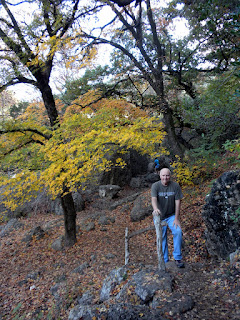
Upgrade retail products
| Windows Vista as of 1/2007 | Price | Windows Vista as of 2/2008 | Price | Windows 7 as of 10/2009 | Price |
| Home Premium | $159.99 | Home Premium | $129.99 | Home Premium | $119.99 |
| Business | $199.99 | Business | $199.99 | Professional | $199.99 |
| Ultimate | $259.99 | Ultimate | $219.99 | Ultimate | $219.99 |
Full retail products
| Windows Vista as of 1/2007 | Price | Windows Vista as of 2/2008 | price | Windows 7 as of 10/2009 | Price |
| Home Premium | $239.99 | Home Premium | $239.99 | Home Premium | $199.99 |
| Business | $299.99 | Business | $299.99 | Professional | $299.99 |
| Ultimate | $399.99 | Ultimate | $319.99 | Ultimate | $319.99 |
If you Plan on purchasing the new Windows 7 OS, it will run you a cool $ 319.99 for the Ultimate Edition. Okay, you can probably wait a few months to buy a new PC with Windows 7 pre-installed, or even upgrade from Vista or Windows XP on your current computer - but in all reality the Microsoft licensing fee is built in to the cost of your new PC, so you're still paying one way or the other. (Incidentally, if you intend to upgrade to Windows 7 from XP, it will require a new "clean" install: you won't be able to download it and go.)
And that still leaves you with no productivity applications. Microsoft Office Home and Student will set you back around $150, while Standard, Professional, and Ultimate Editions start around $400 and range up to the $670 mark. Throw in additional software apps and it could easily end up costing more than the hardware itself.

You can't fight city hall, and you can't fight Microsoft, right? Why complain about the price, since you can't do any thing about it?
Here's a little secret. You can do something about it. There are alternatives to Microsoft (and not just Mac, either).
What would you pay for a modern, secure, and well-designed computer operating system with a complete office suite (including spreadsheet) and hundreds of professional-level applications available for download at the click of a button?
There is such a system, and it will cost you absolutely zero. The system I'm talking about is called Linux Mint.
First, a little history. In 1991, about a decade after Bill Gates was awarded a contract by IBM to develop a DOS (Disc Operating System), Linus Torvalds decided to develop a version of the mainframe operating system (UNIX) suitable for use in small computers.
Linux, as it became to be known, was from the start fundamentally different from Microsoft. It was part of a growing movement of dedicated professionals who passionately believed in free and open-source software, and who were dedicated to work together as a community to make that come about.
After more than 25 years of intensive development, Linux has graduated from a being toy for developers and programmers into a mature system suitable for use in the home desktop. Over the decades, Linux has become available in many different varieties, suitable for countless specialty applications, often of a scientific or highly technical nature.
These Linux "distributions," commonly known as "distros," serve every conceivable niche, but the ones we are concerned with are targeted to non-technical users for use on their desktops or laptops.
The most famous of these distros, Ubuntu, was the first to bring Linux to the masses, but my favorite is Linux Mint. Mint sets the standard for ease of installation, ease of use, and ease of installing new software.












